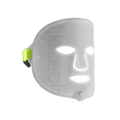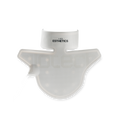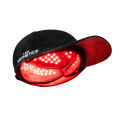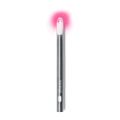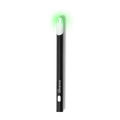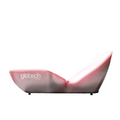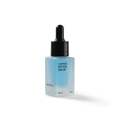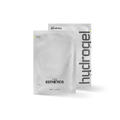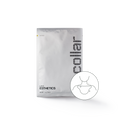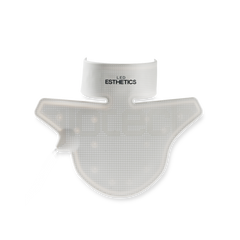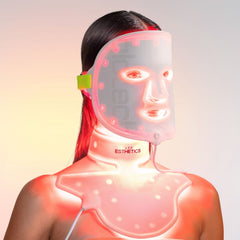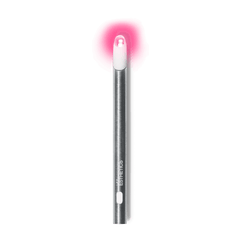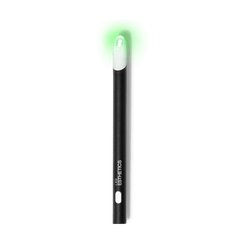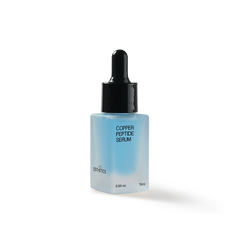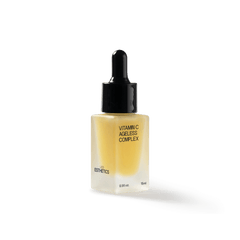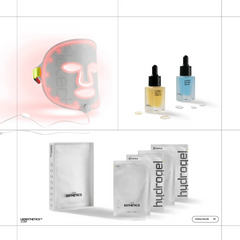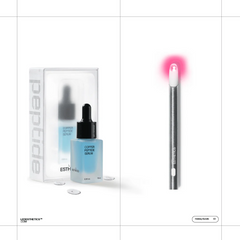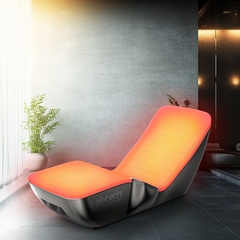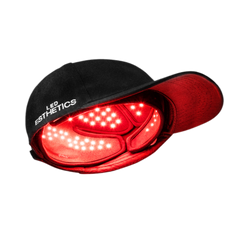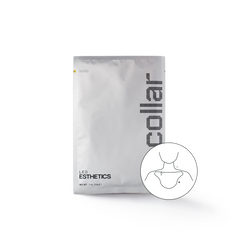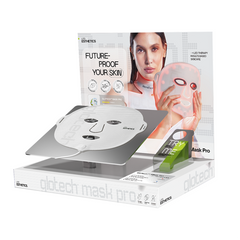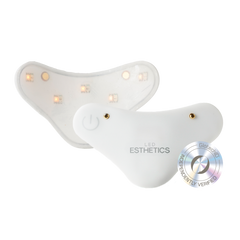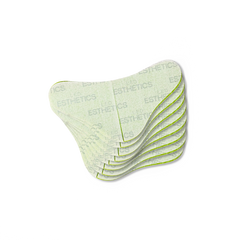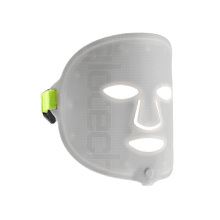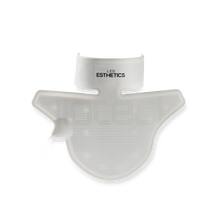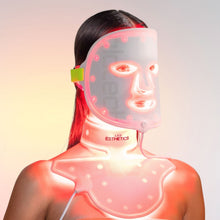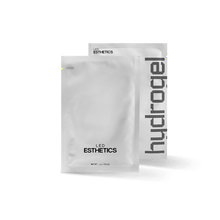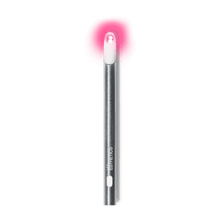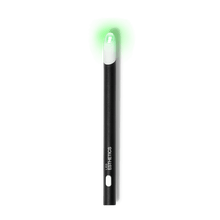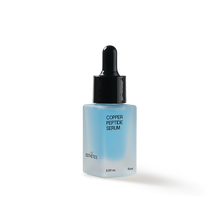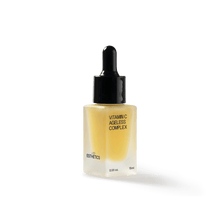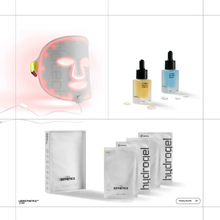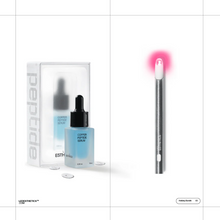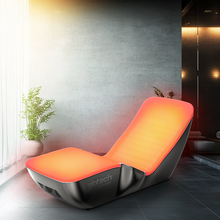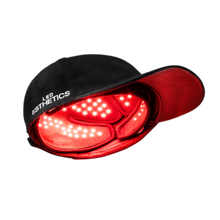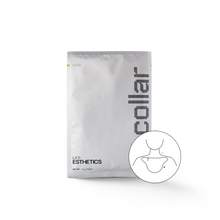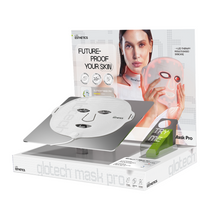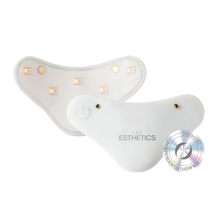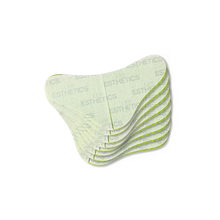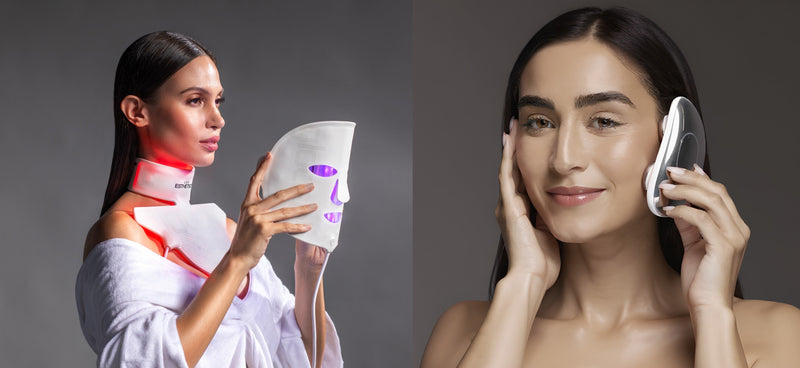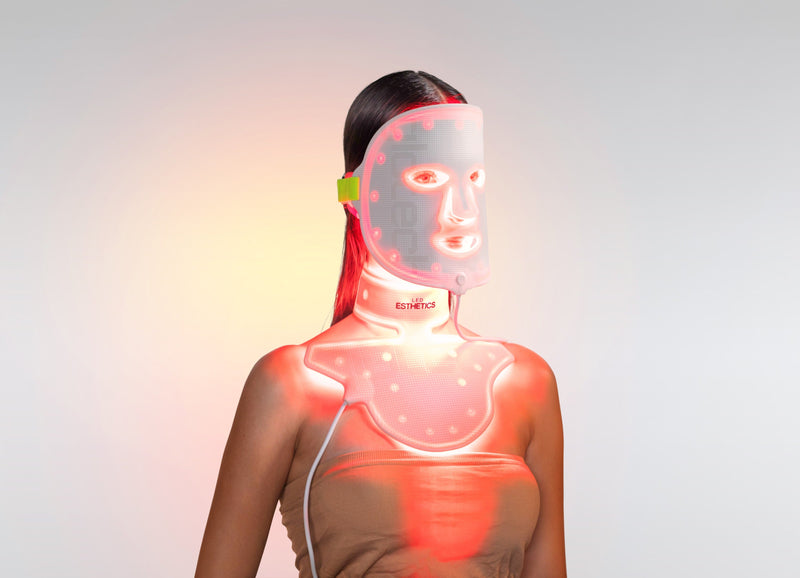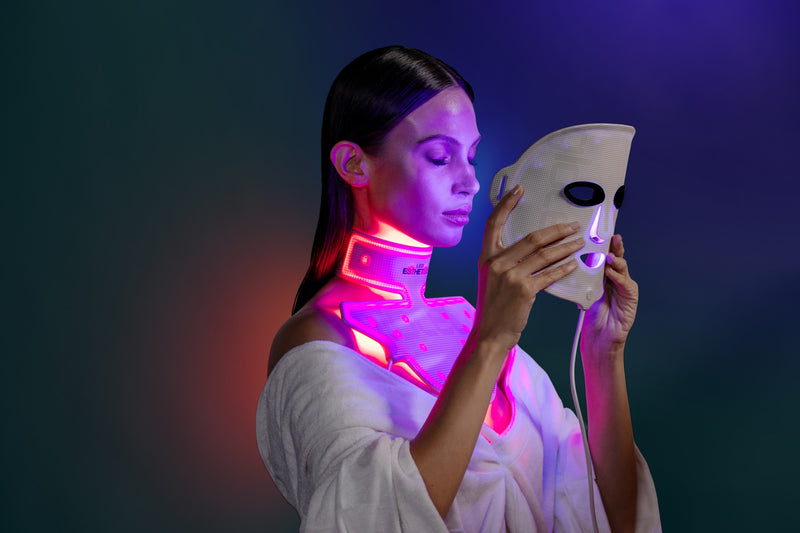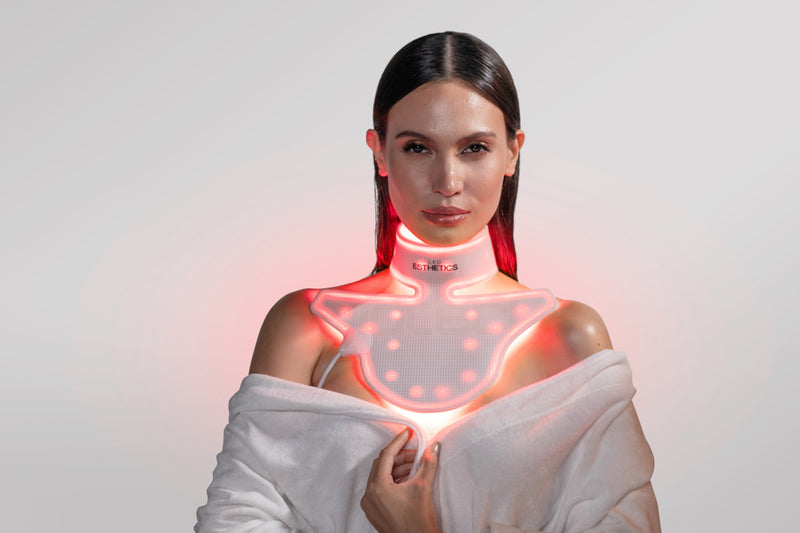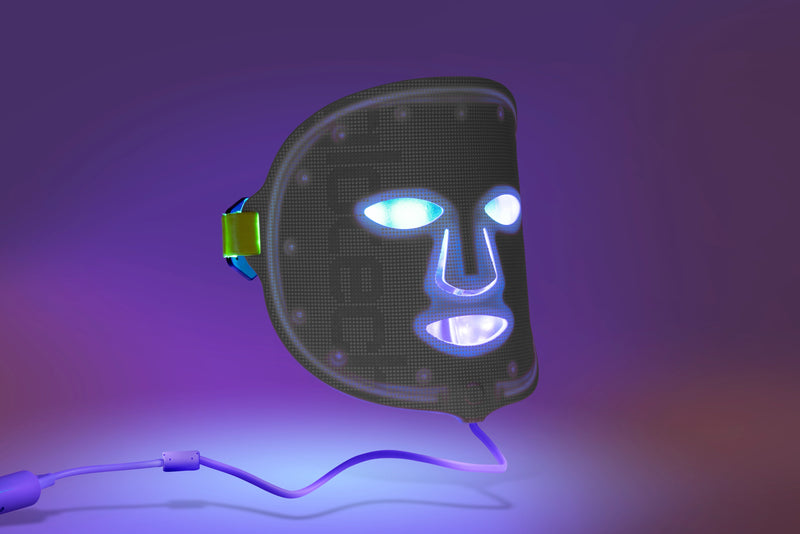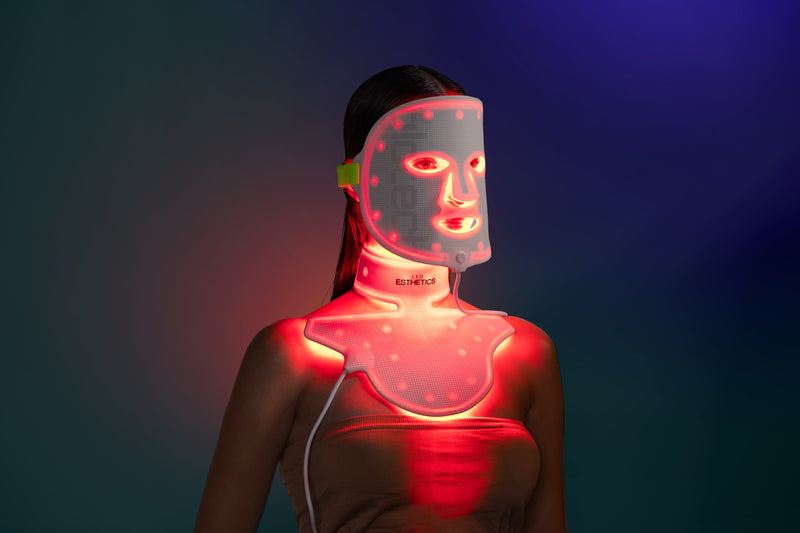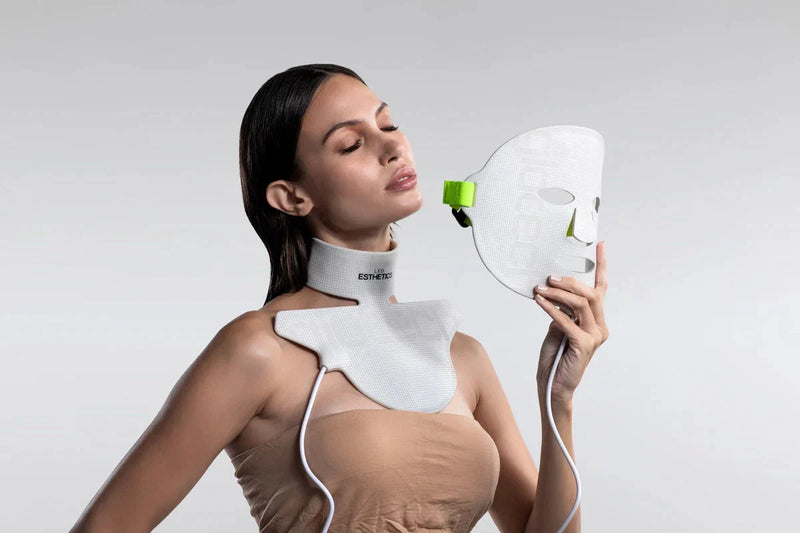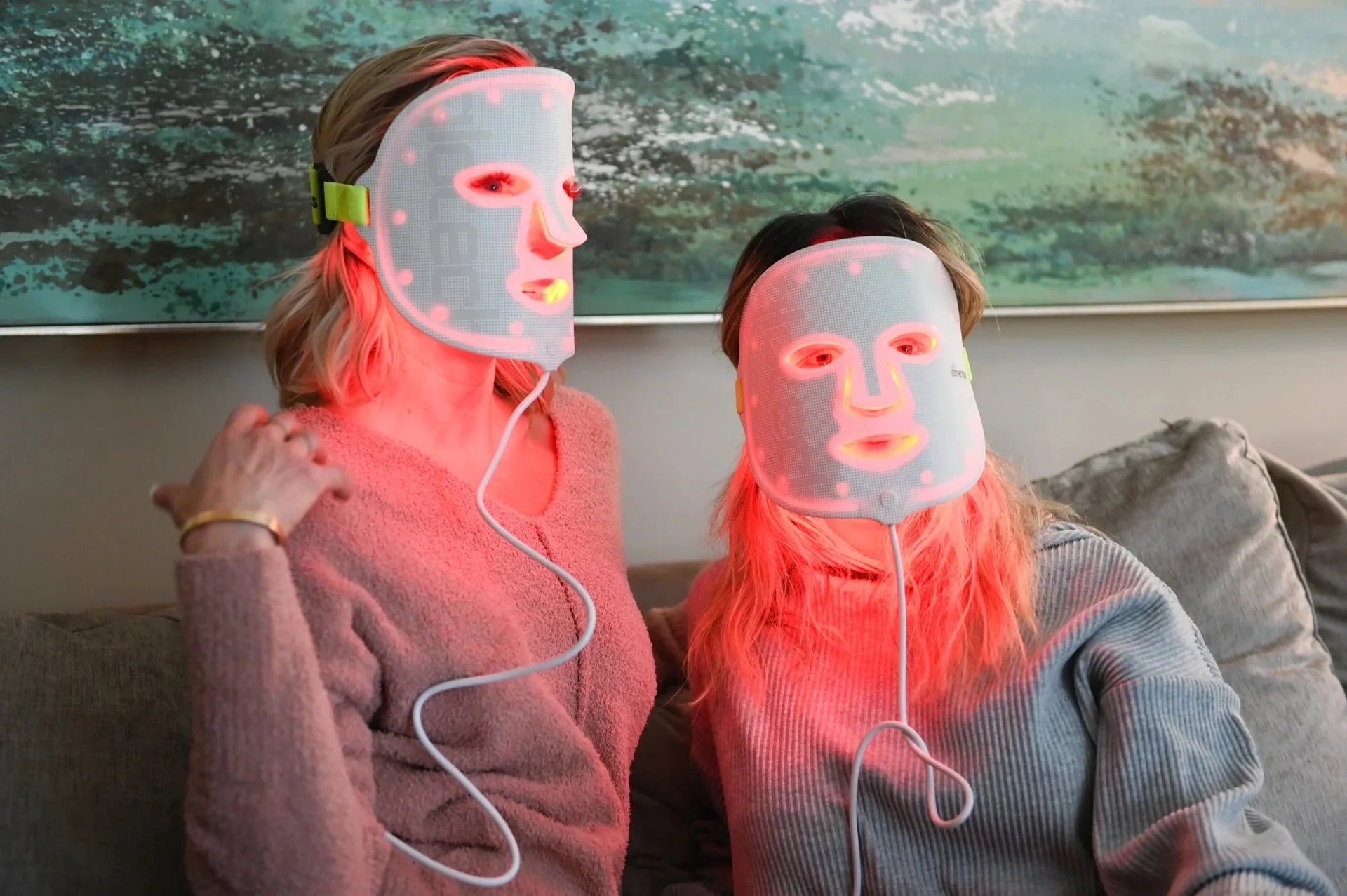
Managing oily skin can feel like a never-ending cycle of blotting papers, mattifying products, and midday shine. While a little natural oil is essential for healthy skin, overactive sebaceous glands can cause congestion, enlarged pores, and persistent breakouts.Fortunately, blue and red LED light therapy offers a smarter, non-invasive way to balance oil production without stripping or irritating the skin. In this guide, we will explore what causes oily skin, how LED therapy can help, and why blue and red light make an ideal duo for achieving a healthier, more controlled complexion.
What is the Reason for Oily Skin?
Oily skin occurs when the sebaceous glands produce too much sebum, the natural oil that helps keep skin hydrated and protected. While sebum plays a vital role in protecting and hydrating the skin, too much of it can lead to clogged pores, shiny texture, and a higher likelihood of breakouts.
This overproduction can be triggered by several internal and external factors. Hormonal fluctuations, such as those during adolescence, menstrual cycles, or periods of heightened stress, can send the skin into oil-production overdrive. Genetics also play a significant role, particularly if oily skin runs in your family, you’re more likely to experience it as well. Environmental influences, like heat and humidity, tend to worsen oiliness by stimulating sweat and sebum activity.
Additionally, skincare habits can unintentionally contribute. Over-cleansing or using drying ingredients may strip the skin’s natural barrier, prompting it to produce more oil in response. Understanding the underlying cause is essential to choosing the right solution.
Challenges of Managing Oily Skin
Daily life with oily skin often includes frequent blotting, midday makeup touch-ups, and constant searching for the “perfect” mattifying product. Beyond aesthetics, oily skin can lead to real complications, including blackheads, whiteheads, and more persistent forms of acne if the excess oil traps debris and bacteria in pores.
The issue is that oily skin doesn’t just come and go — it’s ongoing. And when improperly managed, it often sets off a frustrating cycle. Many with oily skin lean into products that over-dry the skin, which seems effective at first. But these products can trigger a rebound effect, where the skin produces even more oil to compensate for what’s lost.
Oily skin also complicates finding the right products. Heavy creams may clog pores, while gel-based formulas may feel insufficient. And not all acne treatments are suitable for oily skin — especially when inflammation is involved. Navigating these product decisions can be overwhelming, especially when skin is sensitive or reactive on top of being oily.
What’s needed is a solution that doesn’t fight oil with force, but one that works with the skin to calm overactive sebaceous glands and support long-term balance.
Traditional Solutions Often Falling Short
Conventional treatments for oily skin have typically focused on removing oil, not regulating it. From alcohol-based toners to clay masks and harsh foaming cleansers, most products are designed to dry out the skin in an attempt to mattify it. While these may offer short-term relief, they rarely offer long-term success.
This approach often backfires. When skin is stripped too aggressively, its natural barrier is compromised. This triggers the sebaceous glands to increase oil production in an attempt to compensate, leading to even more shine and potential irritation. Additionally, stripping oils from the skin can damage the microbiome and make the skin more susceptible to inflammation and environmental stress.
Some solutions also ignore the connection between oily skin and inflammation. Many individuals with oily skin experience redness, congestion, and sensitivity, making it vital to find a treatment that balances oil while soothing the skin, not inflaming it further.
That’s where newer solutions like LED light therapy come in, offering a way to target the root of oil overproduction without stripping or stressing the skin.
How Red Light Therapy Helps with Oily Skin
LED light therapy offers a more advanced, skin-friendly solution to oil control by targeting the sebaceous glands at a cellular level. Unlike topical treatments that work on the surface, LED therapy uses light energy to stimulate natural biological processes beneath the skin.
Blue light (around 415nm) focuses on the upper layers of the skin, where it eliminates acne-causing bacteria and helps reduce surface oil buildup. It also plays a role in regulating the activity of sebaceous glands, leading to decreased oil production over time.
Red light (630–660nm) penetrates deeper into the dermis, stimulating collagen, reducing inflammation, and strengthening the skin barrier. This is crucial because inflammation is a key trigger for oiliness and breakouts. By calming the skin and supporting its structural integrity, red light helps reduce the conditions that cause overproduction of oil in the first place.
Together, these wavelengths don’t just mask the problem, they help correct it at its origin. LED light therapy helps reduce congestion, control oil, refine pores, and encourage a clearer, healthier complexion without the downsides of traditional methods.

Tips for Adding LED Therapy into Your Routine
Incorporating LED therapy into your skincare routine is simple, but strategy matters when it comes to getting results. Here’s how to maximize your sessions and support your skin:
- Start fresh: Always cleanse your skin before using your LED face mask. This ensures there’s no barrier between the light and your skin, allowing for better results.
- Stick to a schedule: Aim for LED treatments three to five times per week. Consistency is more important than intensity with regular sessions yielding better, long-term control.
- Use compatible skincare: Before LED therapy, apply lightweight face serums like Biocell Copper Peptides that accelerate your anti-aging results and amplify collagen production. Ingredients like Vitamin C and Bakuchiol also pair well with light therapy to enhance its color-corrective effects.
Avoid combining LED therapy with strong exfoliants or active treatments immediately before or after a session. Give your skin time to breathe and benefit from the LED’s anti-inflammatory, balancing effects.
With a routine that includes cleansing, treatment, and proper skincare, LED therapy can easily become a cornerstone in managing oily skin, offering both convenience and visible results.
Final Thoughts: LED Therapy for Oily Skin
If you’ve been stuck in the cycle of shine, clogged pores, and ineffective solutions, LED light therapy offers a smarter, science-backed alternative. Rather than drying out your skin or forcing it into balance, LED therapy encourages your skin to regulate itself naturally. This targets oil production at the source while reducing inflammation and supporting barrier health.
Devices like LED Esthetics’ GloTech Mask Pro™ and GloTech Pro™ Mask Lite are designed with precision blue and red light wavelengths, giving you a comprehensive at-home solution to manage oil, clear skin, and promote long-term skin health.
Shop LED Light Therapy Devices for Radiant Skin
Frequently Asked Questions
Yes, consistent use of LED light therapy can help minimize the appearance of enlarged pores often linked to oily skin. By regulating sebum production and reducing inflammation, the skin becomes less congested, which helps tighten the look of pores. Red light also supports collagen production, improving overall skin firmness and texture. While LED therapy won't physically "shrink" pores, it can make them appear smaller and more refined.
LED light therapy can complement your existing skincare routine, but it may not replace every product entirely. Many users find that combining LED treatments with lightweight, non-comedogenic skincare enhances results. Over time, you may be able to reduce reliance on harsh topicals that dry out your skin. It's best to view LED therapy as a supportive tool that promotes balance and prevents oil-related breakouts.
For best results, LED light therapy masks should be used 3 to 5 times per week, especially when targeting oily skin and breakouts. Regular sessions help regulate sebaceous gland activity and keep inflammation under control. Results typically improve over time with consistent use rather than occasional treatments. Always follow your device's recommended usage schedule to avoid overuse or irritation.
Blue and red light therapy is often a gentler and more sustainable option compared to frequent use of chemical exfoliants. While exfoliants remove surface oil and dead skin cells, they can sometimes disrupt the skin barrier and trigger excess oil production. In contrast, LED therapy addresses oil regulation and skin healing at a deeper level without increasing sensitivity. Many people with oily skin find the best results by combining occasional exfoliation with consistent LED treatments.
Yes, LED light therapy can help your skin become less oily over time. Blue light reduces oil by targeting overactive sebaceous glands, while red light calms inflammation that can worsen oil production. Together, they help train the skin to self-regulate without aggressive stripping. Users often report a more balanced, matte complexion and fewer midday shine concerns after several weeks of treatment.


